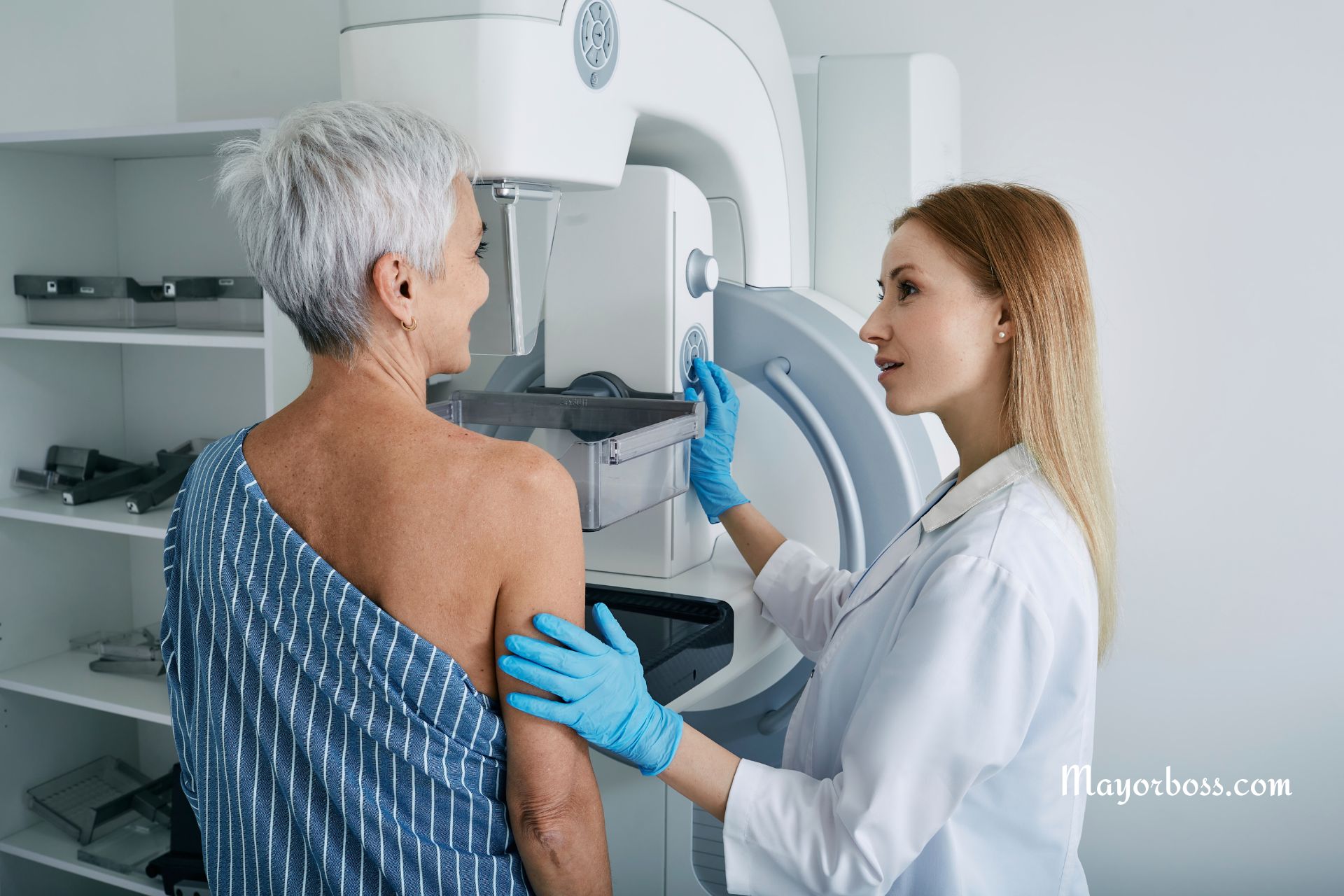Does Breast Size Impact Mammogram Pain?
Mammograms are important for detecting breast cancer early, but many women report experiencing discomfort or pain during the procedure. A common question is whether breast size affects the level of pain experienced during a mammogram. In this article, we look at the factors influencing mammogram discomfort and discuss ways to reduce pain.

Factors Influencing Mammogram Pain
Mammogram discomfort can vary widely among individuals, and several factors can influence the level of pain, including:
- Breast Sensitivity: Individual pain tolerance and breast sensitivity can play a significant role in mammogram discomfort, irrespective of breast size.
- Technician Skill: The technique and skill of the radiologic technologist performing the mammogram can impact the level of discomfort.
- Mammogram Timing: The timing of the mammogram in relation to your menstrual cycle can affect breast tenderness and sensitivity. Scheduling the mammogram during the two weeks following your menstrual period may reduce discomfort.
Does Breast Size Matter?
- Smaller Breasts: Women with smaller breasts might experience more discomfort during compression because the breasts must be stretched and flattened to get a clear image. This stretching can sometimes be more painful due to less tissue available for spreading out the pressure.
- Larger Breasts: Conversely, larger breasts might be more cumbersome to position on the mammogram plate, but the compression might be distributed over a larger area, potentially reducing the sensation of pain.
Tips for Reducing Mammogram Pain
Regardless of breast size, there are strategies you can employ to minimize discomfort during a mammogram:
- Communicate: Inform the technologist if you’re experiencing pain. They can adjust the technique or provide reassurance to help ease your discomfort.
- Optimal Scheduling: Try to schedule your mammogram during the two weeks following your menstrual period when breasts are usually less tender.
- Avoid Caffeine: Some women find that avoiding caffeine a few days before the mammogram reduces breast tenderness.
- Over-the-Counter Pain Relievers: Taking an over-the-counter pain reliever such as ibuprofen or acetaminophen about an hour before the mammogram can help alleviate discomfort.
- Relaxation Techniques: Practicing deep-breathing exercises or other relaxation techniques before and during the mammogram may help reduce pain and anxiety.
Frequently Asked Questions
Is mammogram pain a reason to avoid screening?
While discomfort is a concern, it’s important to balance short-term discomfort against the critical benefits of mammography in detecting breast cancer early.
Can I request any adjustments if I have particularly sensitive breasts?
Absolutely. Discuss any concerns or sensitivities with your technologist beforehand. They can make certain adjustments to help reduce discomfort.
In conclusion, while breast size may have some impact on the discomfort experienced during a mammogram, it’s just one of many factors. The key takeaway is that effective communication with your healthcare provider and employing strategies to minimize discomfort can make your mammogram experience more bearable, regardless of breast size. By the way, the temporary discomfort of a mammogram is a small price to pay for the lifesaving detection it provides.
